English version.
This is a small glimpse of the first harvest in which I achieved very good results. This was thanks to the ideal weather, the low level of pests at the time and the ideal fertilization we had.
Although it was my first harvest and the result was good I think we could have obtained better results, however being the first time I was in charge of a greenhouse and for not having some knowledge about this crop I think I did well. At this time we still did not have the advice of an engineer, and I was not studying my agronomy degree, I learned everything by reading on the internet, in books and guides, besides listening to talks of some technicians in the agricultural houses.
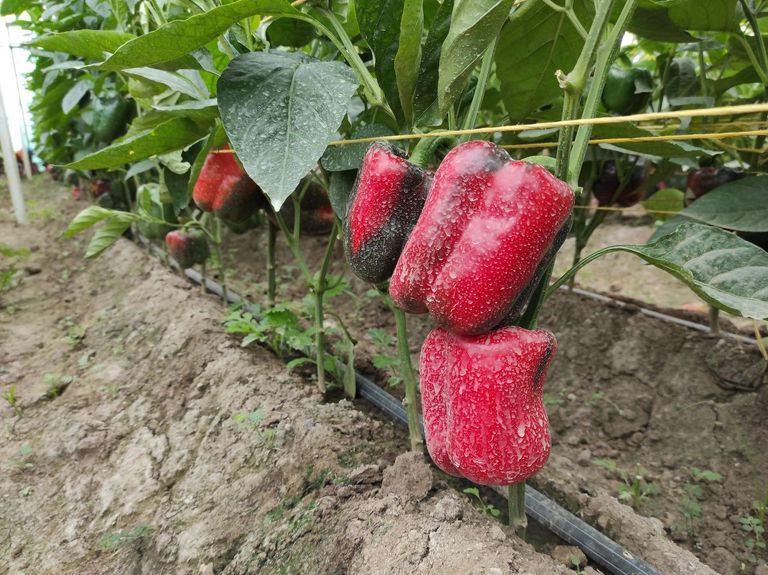
The care that these plants received since they were small was the necessary and they were even overprotected, since every 2 or 3 days I walked the furrows to observe changes. I observed each one of the 5500 plants and detailed them very well, in some I noticed that they had died from root fungus, something normal in a certain amount of plants, no more than 1%, others of them were cut by grasshoppers, and some by cutworms. The most extreme case was to see the black-headed cutworm, which ate the inside of the stem at the root, but this was solved with a little chemical insecticide. If the number of plants with worms was more than 50, we had to turn on the alarms, but it was always 8-10 plants maximum.
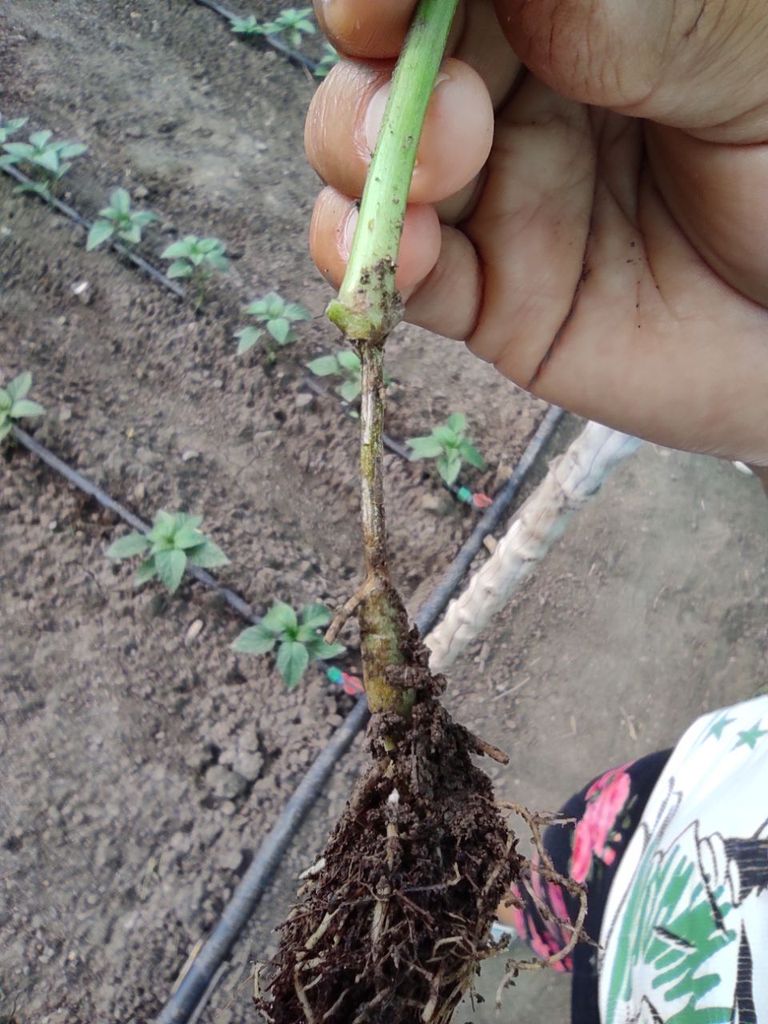
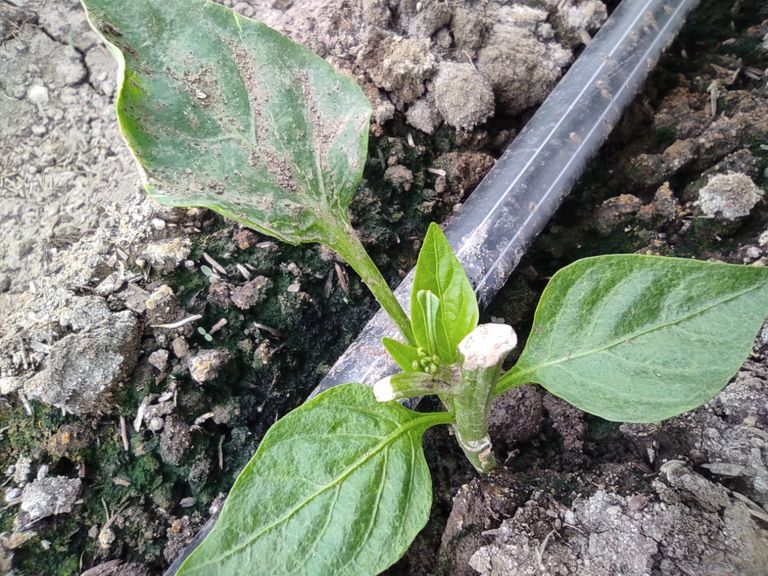
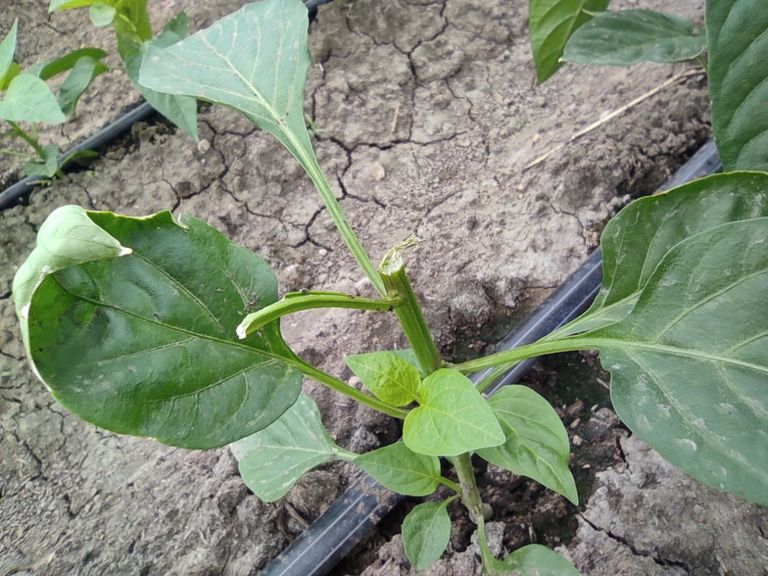
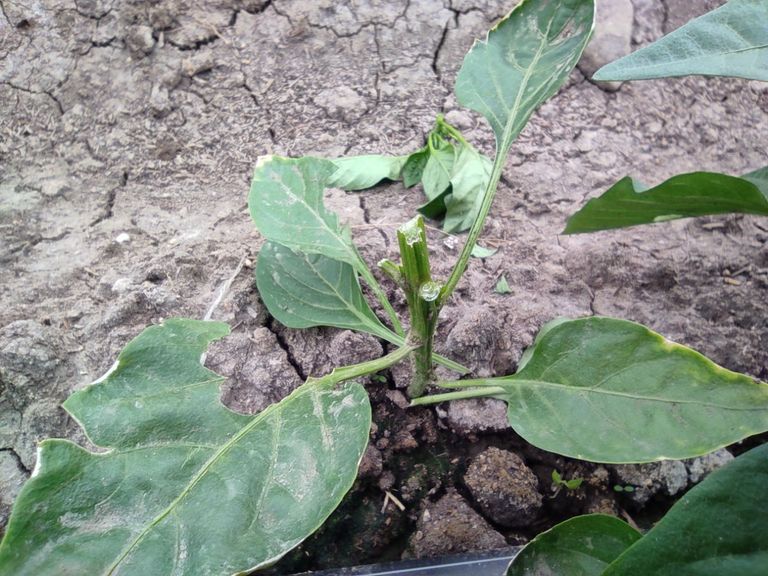
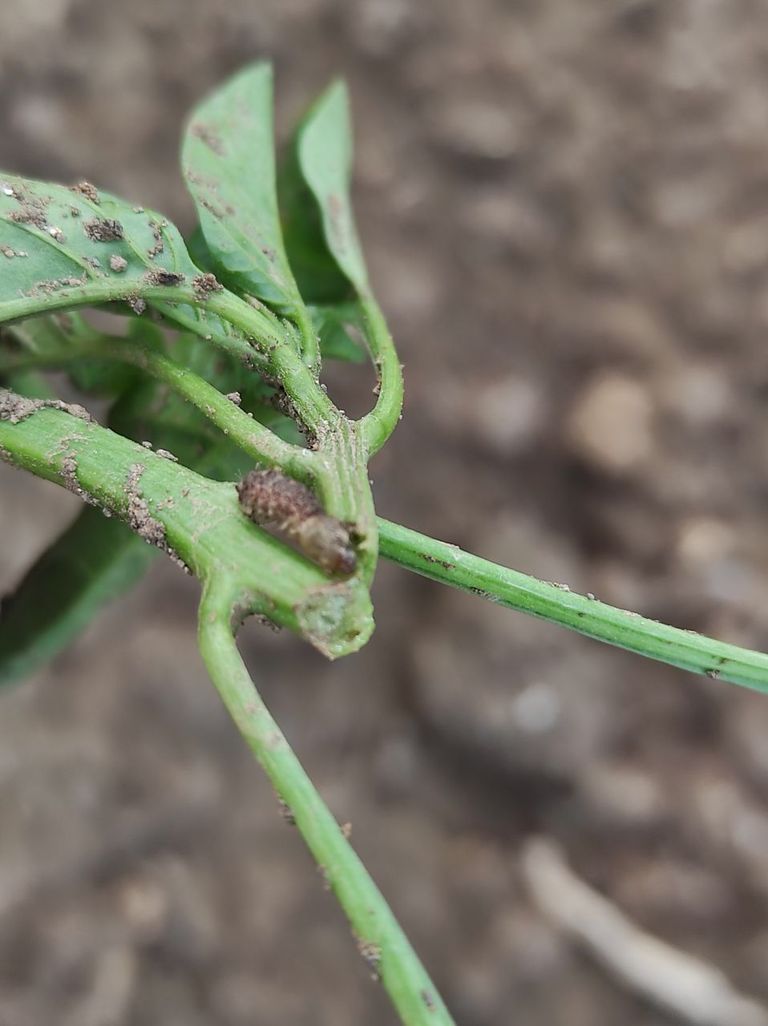
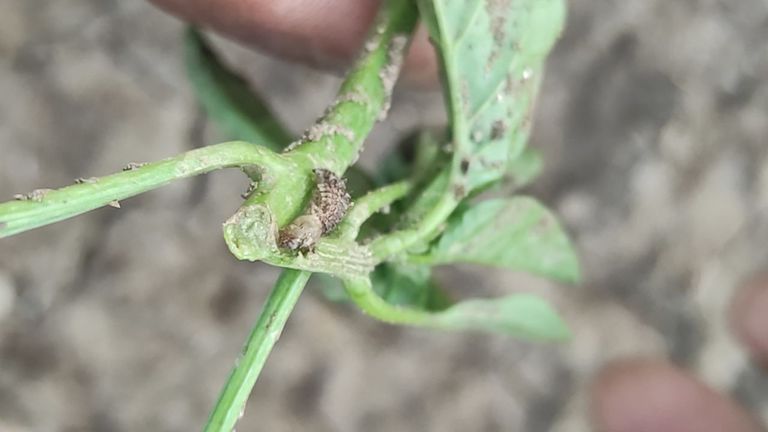
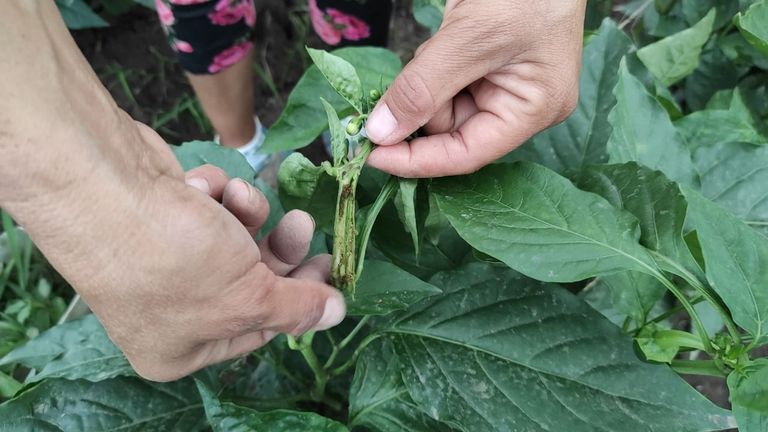
One of the most important things that really helped me was to have pictures every time I followed up on the growth. With this I could notice the change and keep track of the growth, flowering, fruit set and amount of fruit per plant. This thanks to the fact that the date was saved in the photo and then I copied the information to sheets where I had my control of spraying and fertilization.
I even remember that in one of those follow-ups my mother accompanied me to the greenhouse to see how I was doing in this world, since it was something new for me.

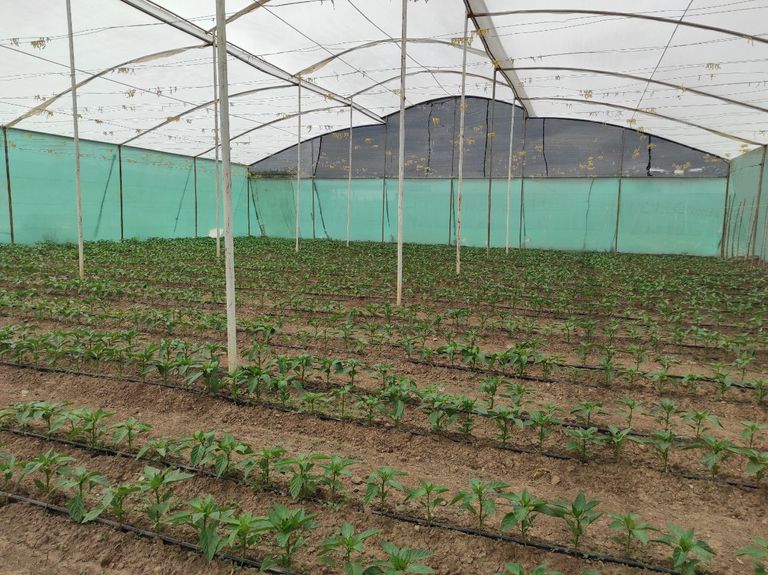
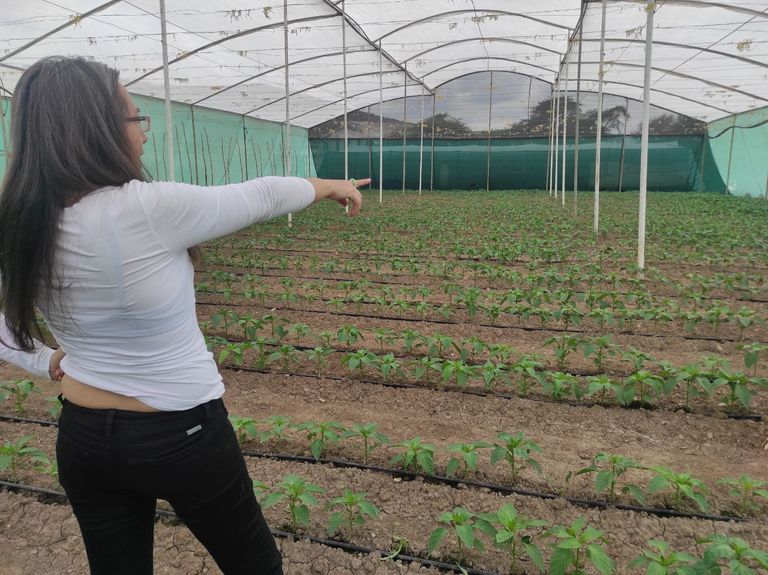
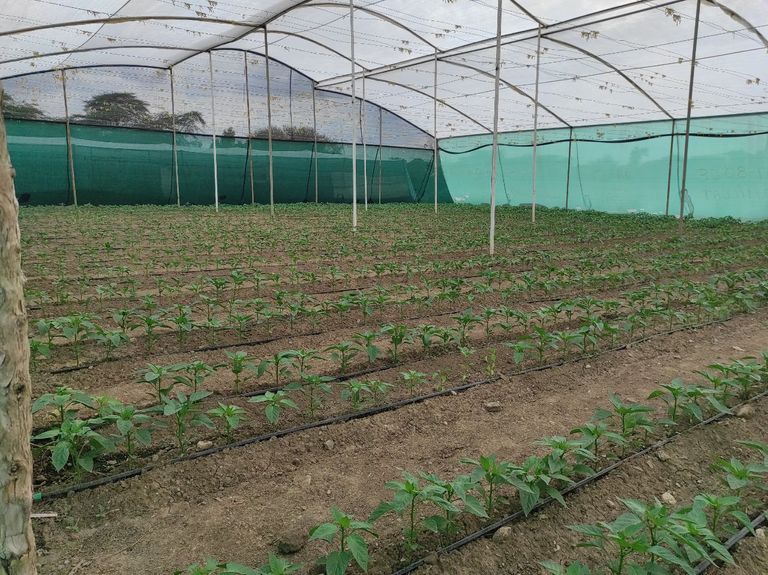
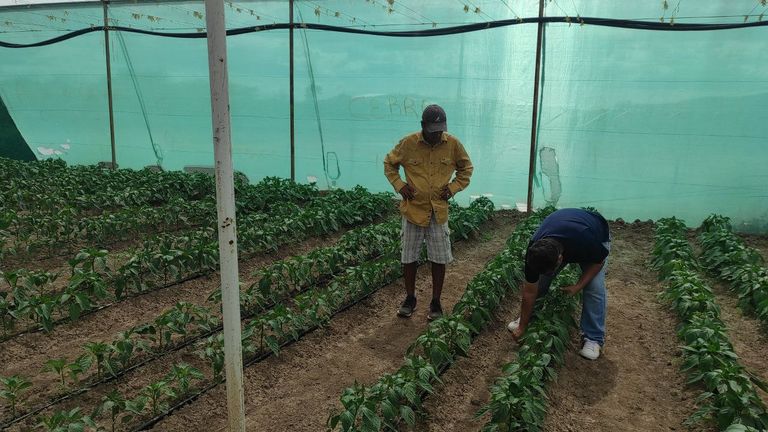
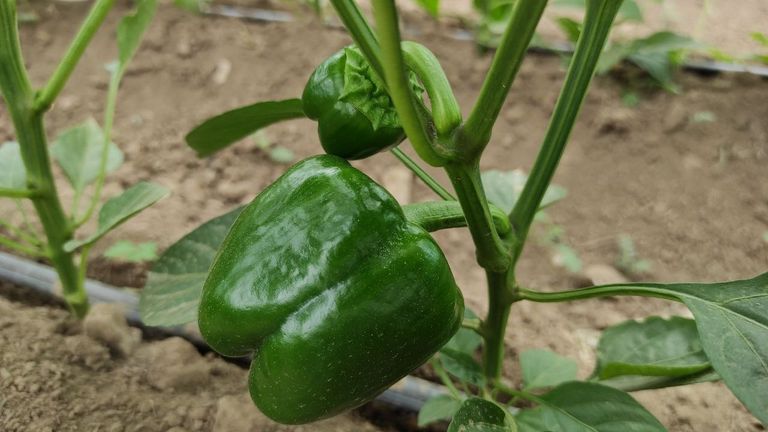
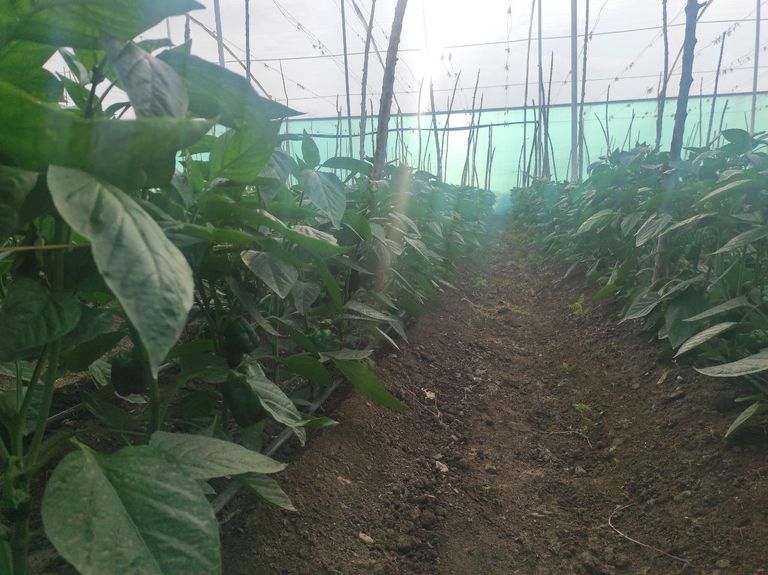
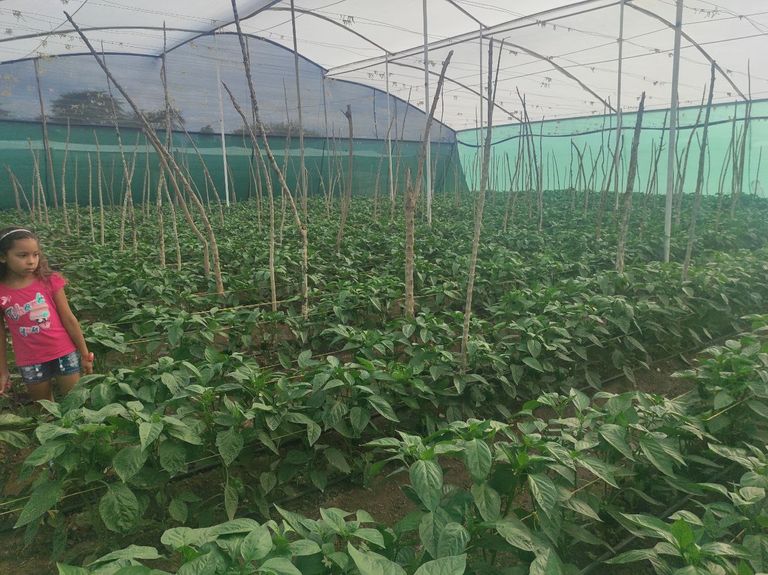
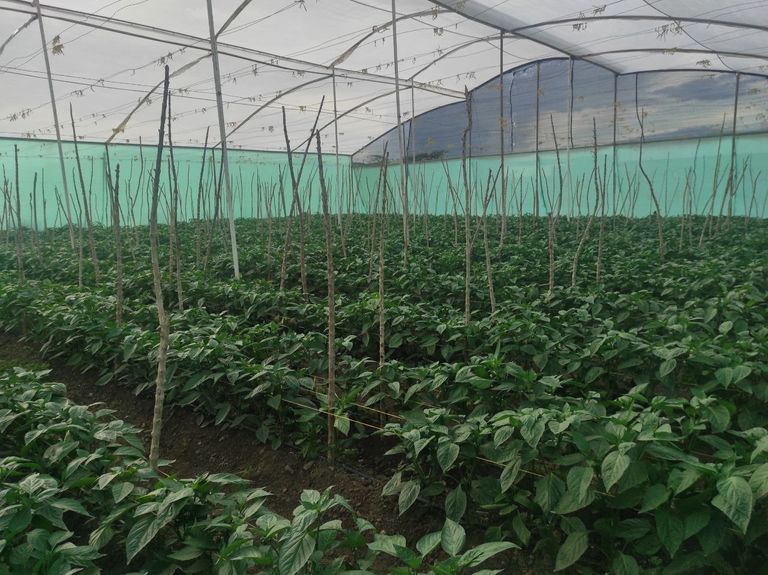
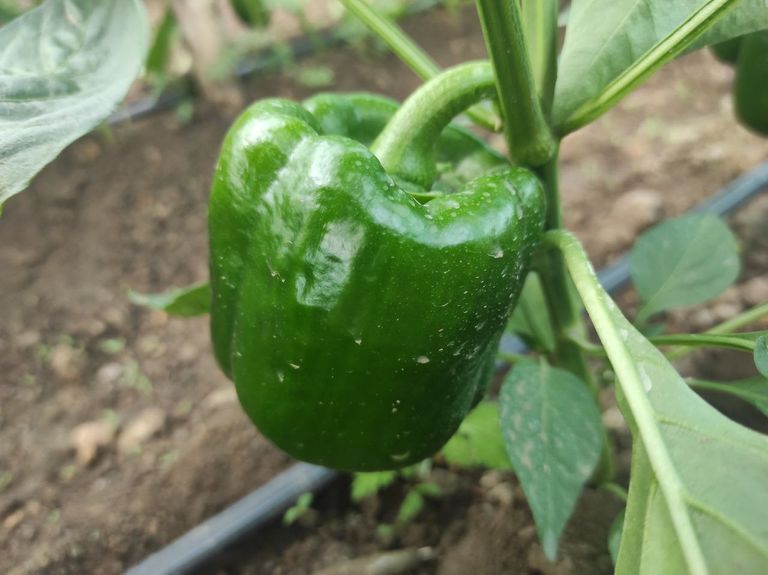
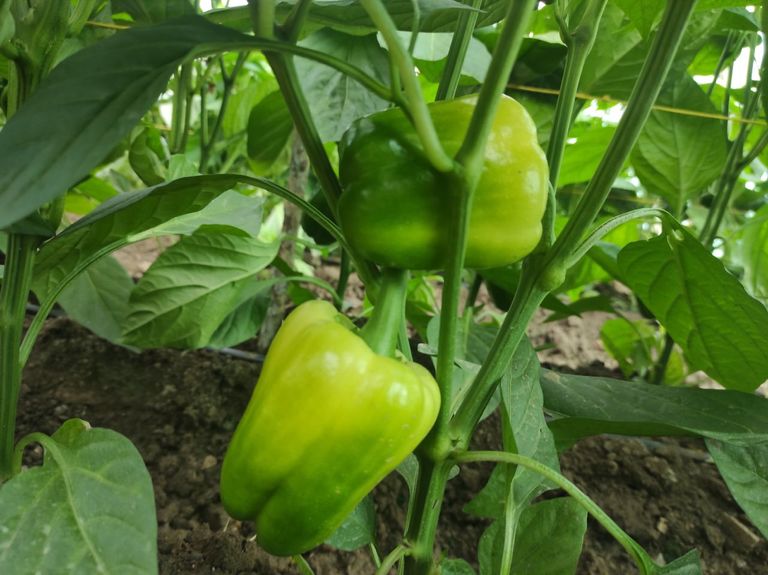
Another important fact that many do not take into account in agriculture is the control of weeds, plants that harbor pests that can damage our crops. I always kept the areas clean, or otherwise I would ask someone to clean the weeds, although the rains made them grow again, the important thing was to keep them at bay and not let them grow to keep everything cleaner and healthier.
This is important because if they are not guided they grow wherever they can, obviously looking for sunlight, so some can get entangled with others.
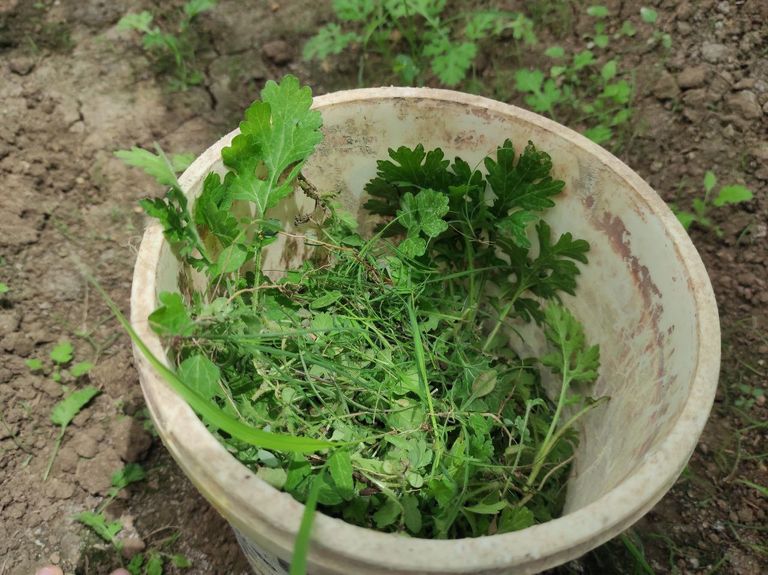
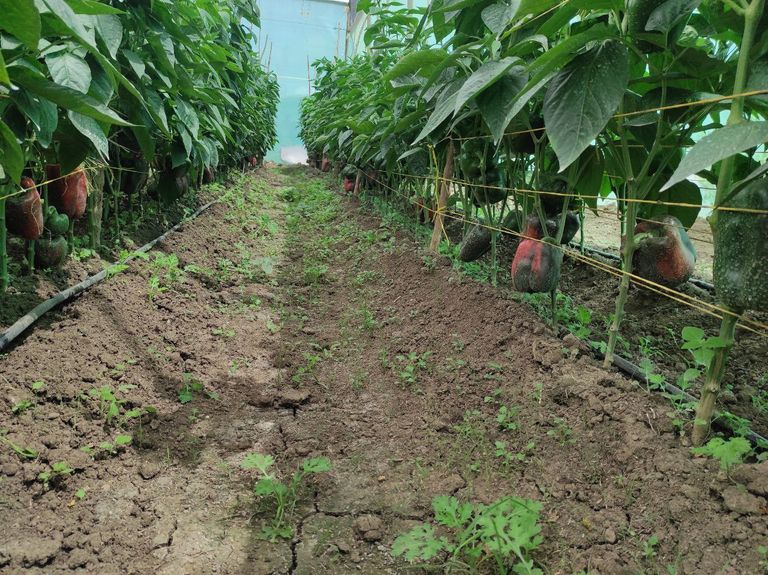
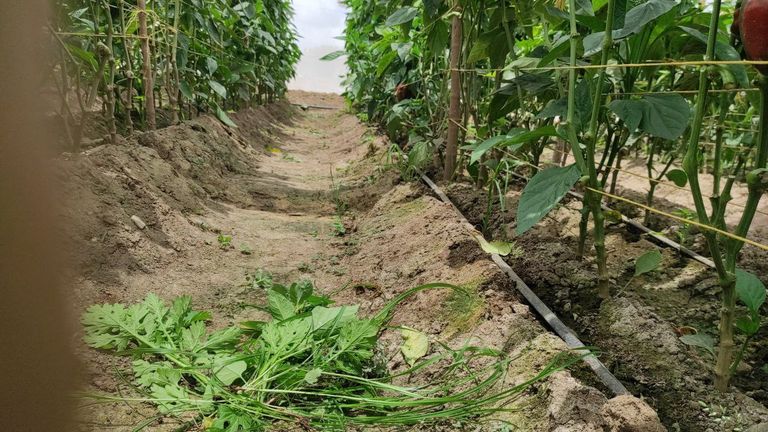
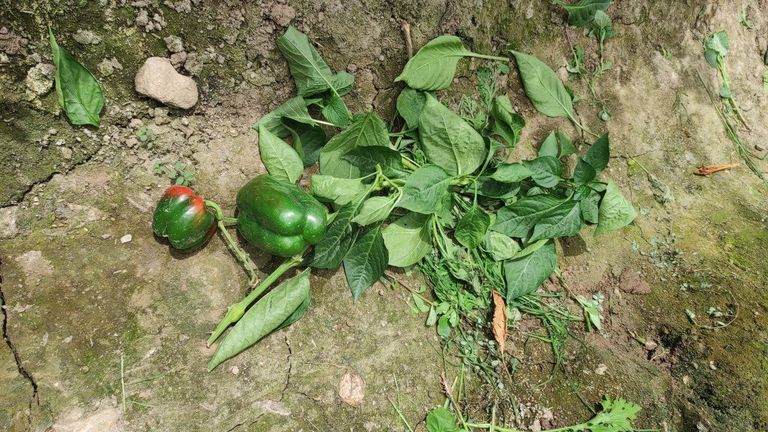
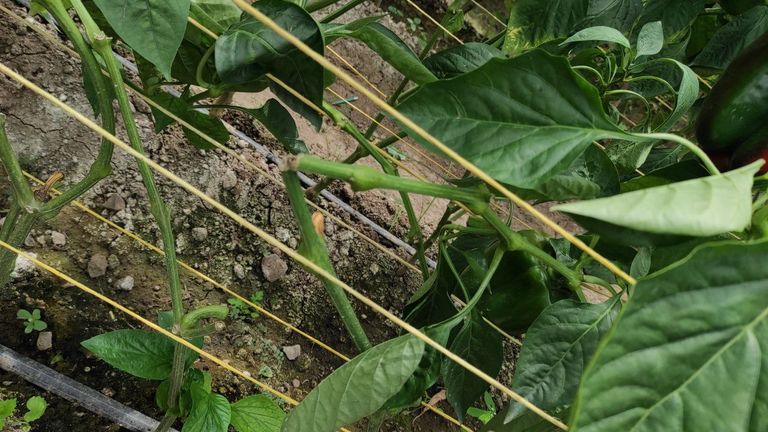
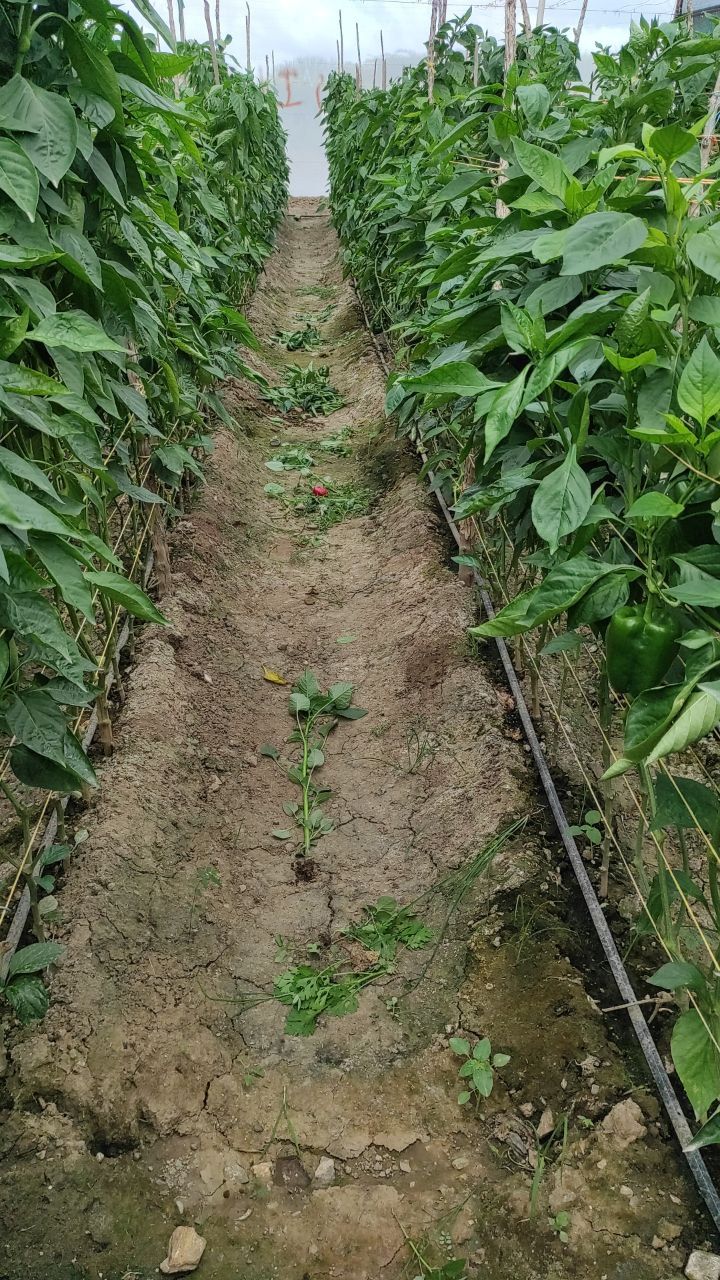
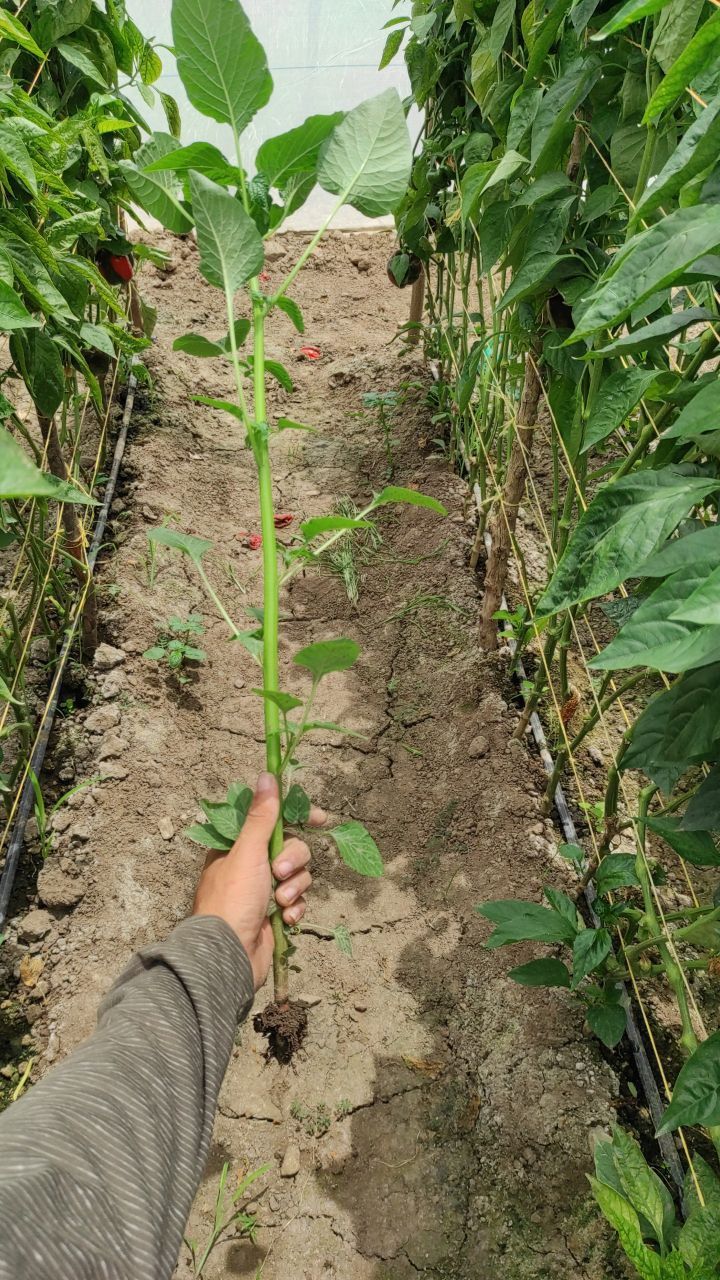
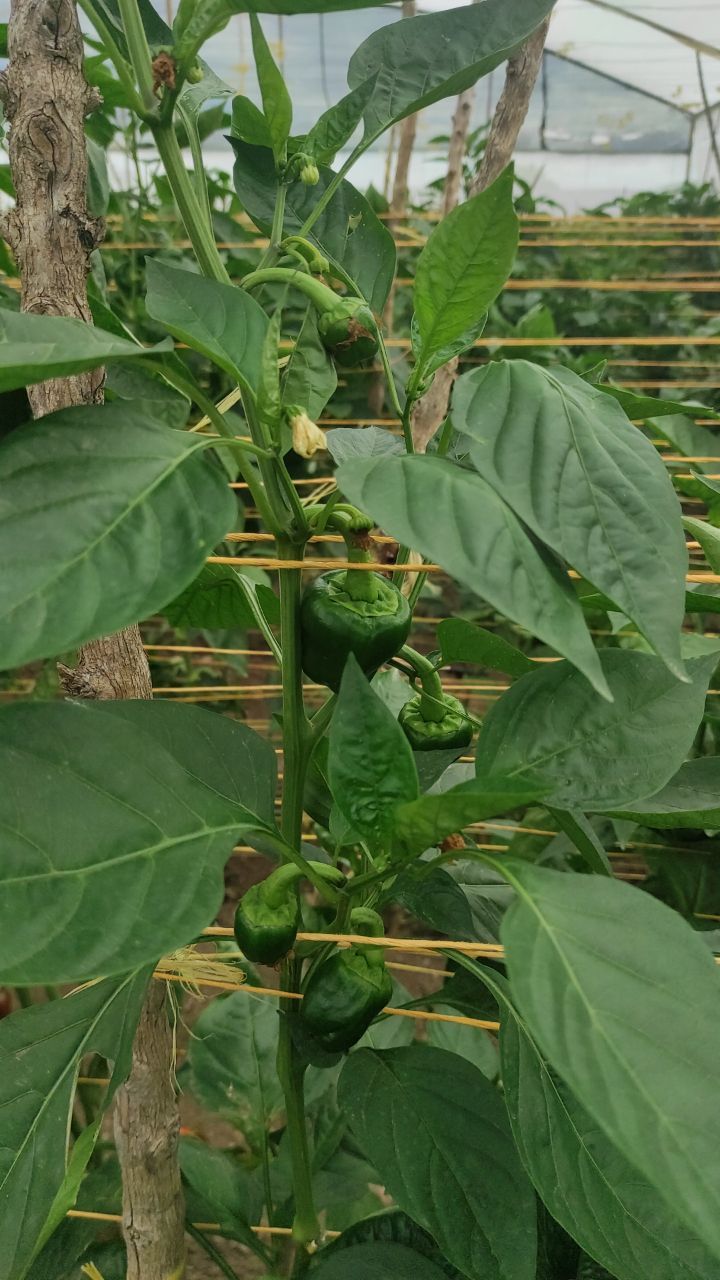
Finally that harvest was traded directly to super-fairs of vegetables and in the city market, so the benefit was much greater since there were no third parties or intermediaries that in most cases are those who get much more benefits and without any effort.
Our contact with one of the biggest super-fairs in the city called La Merideña was very good since our product was sold in their establishments very fast, as first quality products.
Besides, the color of the fruits was an intense red due to some added microelements and it was very attractive for the customers.
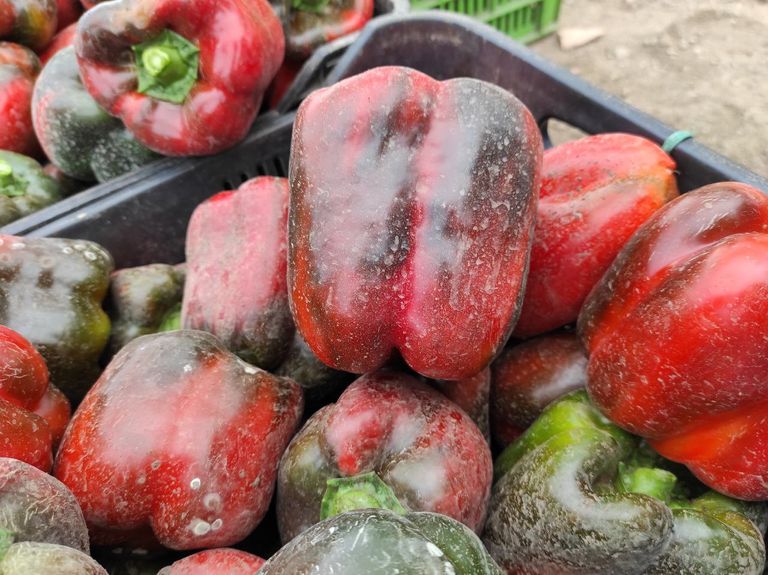

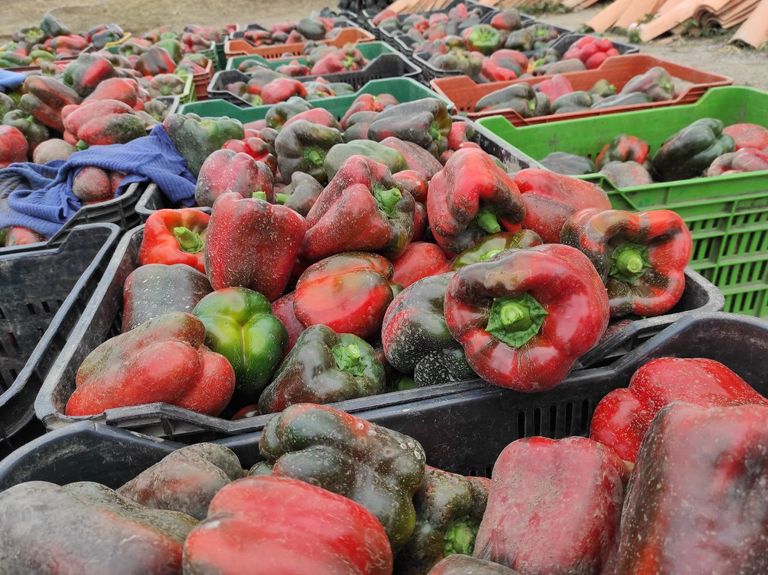
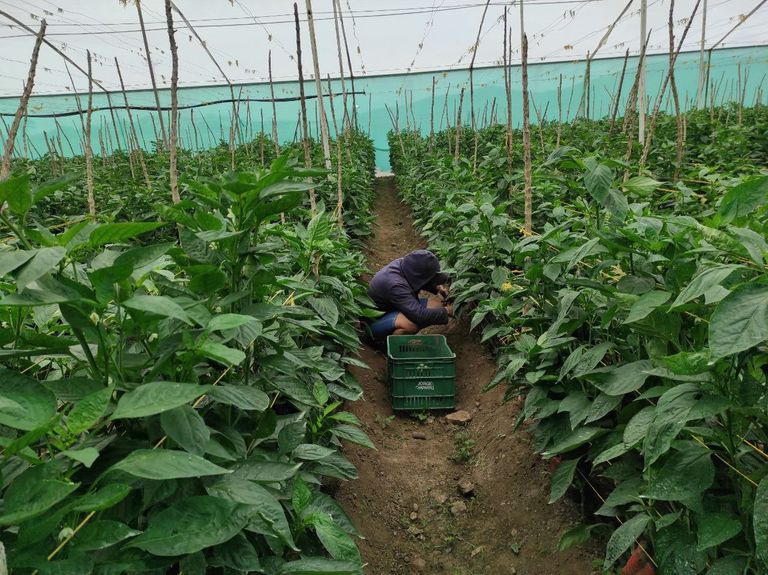

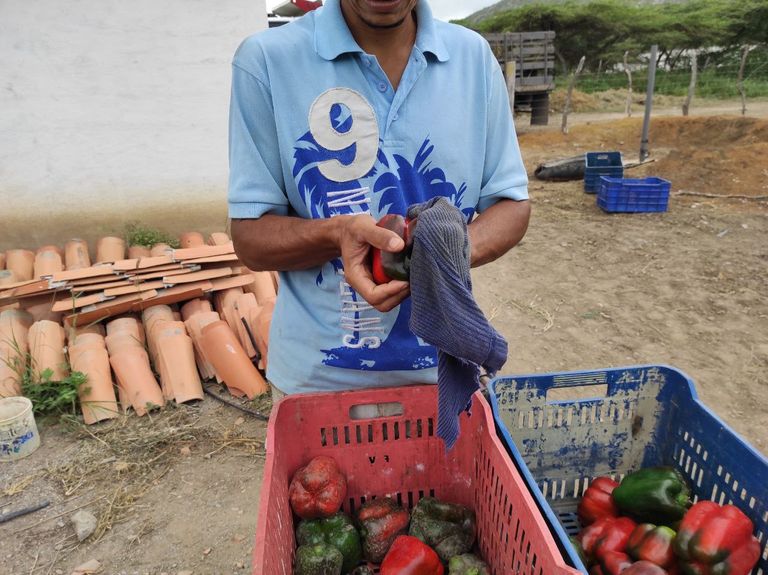
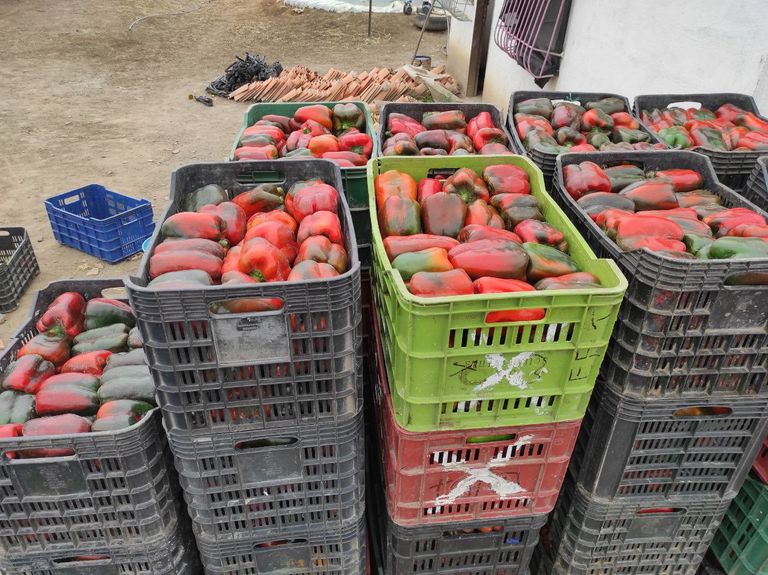

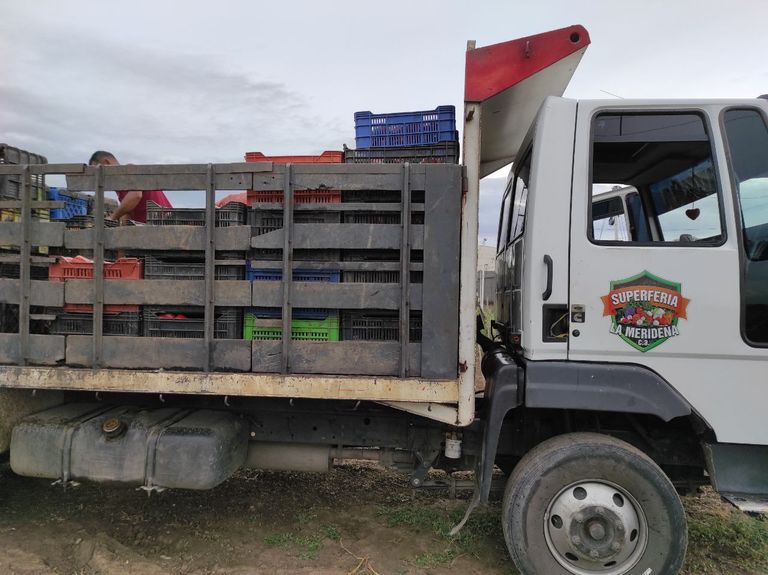
These plants had a useful life of 9 months, of which 6 were harvested weekly. I obtained a total of approximately 500 baskets cut.
Although it was not a bad number my expectation was around 700 baskets, however it was not a bad number for a novice grower like me.
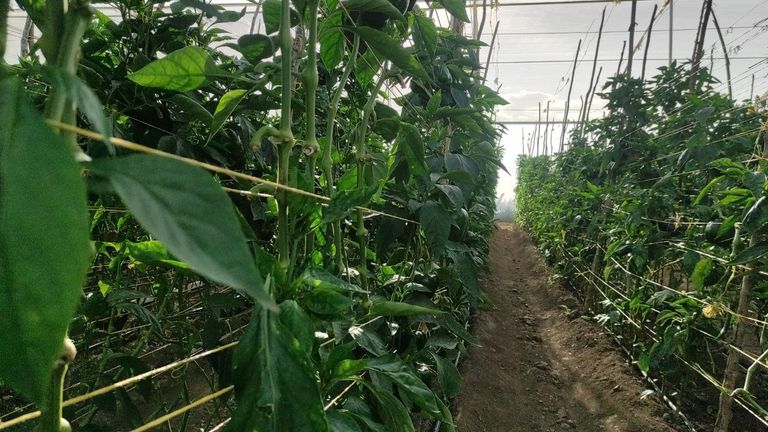
Some tips that I could give for a good crop performance would be the following:
- Have a weekly follow-up of the plants, observe, perceive and take care of them.
- Weekly control of spraying and fertilization, do not repeat insecticides or fungicides in a row so as not to create resistance among pests, that is, rotate insecticides with other different ones.
- Control irrigation, do not have excess or deficit of water.
- Apply organic matter to soils.
- Apply microelements more frequently as well as efficient elements or beneficial bacteria.
- Keep areas clean of weeds.
- Apply wettable powders to protect fruits before harvest.
- Disinfect tools before putting them into the crops.
Finally I say goodbye and see you in a future post.
All photos were taken by me, some of them may have been used before or are similar as they are stored in the cloud.
Versión en Español.
Este es un pequeño vistazo a la primera cosecha en la que logre muy buenos resultados. Esto fue gracias al clima ideal, al bajo nivel de plagas de la época y la fertilización ideal que tuvimos.
Aunque fue mi primera cosecha y el resultado fue bueno creo que pudimos haber obtenido mejores resultados, sim embargo al ser la primera vez que estuve al mando de un invernadero y para no tener conocimiento algunos sobre este cultivo creo que lo hice bien. En esta época aun no teníamos asesoramiento de un ingeniero, y yo tampoco estaba estudiando mi carrera de Agronomía, todo lo aprendí leyendo en internet, en libros y guías, además de escuchar charlas de algunos técnicos en las casas agrícolas.

El cuidado que recibieron estas plantas desde pequeñas fue el necesario e incluso fueron sobreprotegidas, ya que cada 2 o 3 días caminaba los surcos para observar cambios. Observaba cada una de las 5500 plantas y las detallaba muy bien, en algunas me percate que habían muerto por hongos en la raíz, algo normal en una cierta cantidad de plantas, no superior al 1%, otras de ellas eran cortadas por saltamontes, y algunas por gusanos cortadores. El caso mas extremo era ver el gusano cabeza negra, que comía el interior del tallo en la raíz, pero esto se solucionaba con un poco de insecticida químico. Si la cantidad de plantas con gusanos era mayor a 50, teníamos que prender las alarmas, pero siempre eran 8-10 plantas máximo.







Una de las cosas mas importantes y que realmente me ayudo fue tener fotografías cada vez que hacia seguimiento al crecimiento. Con esto podía notar el cambio y llevar un control del crecimiento, floración, cuajado de frutos y cantidad de frutos por planta. Esto gracias a que en la foto queda la fecha guardada y luego copiaba la información a hojas donde tenia mi control de fumigación y fertilización.
Incluso recuerdo que en uno de esos seguimientos mi mama me acompaño al invernadero para ver que tal me estaba yendo en este mundo, ya que era algo nuevo para mi.











Otro dato importante y que muchos no toman en cuenta en la agricultura, es el control de malezas, plantas que albergan plagas que pueden dañar nuestros cultivos. Siempre mantuve las areas limpias, o en su defecto le encomendaba a alguien limpiar la maleza, aunque las lluvias hacían que volviera a crecer lo importante era mantenerlas a ralla y no dejarlas crecer para mantener todo mas limpio y sano.
De igual manera estaba al pendiente de guiar las plantas para que no se partieran debido al peso de los frutos, esto es importante ya que si no se guían ellas crecen por donde puedan, obviamente buscando la luz solar, así que algunas se pueden enredar con otras.








Finalmente esa cosecha fue comerciada directamente a super ferias de hortalizas y en el mercado de la ciudad, por lo cual el beneficio fue mucho mayor ya que no habían terceros o intermediarios que en la mayoría de los casos son los que obtienen mucho mas beneficios y sin esfuerzo alguno.
Nuestro contacto con una de las super-ferias mas grandes la ciudad llamada la Merideña fue muy bueno ya que nuestro producto se vendió en sus establecimientos muy rápido, como productos de primera calidad.
Además el color que tenían los frutos era un rojo intenso debido a algunos microelementos agregados y era muy llamativo para los clientes.









Estas plantas tuvieron una vida útil de 9 meses, de los cuales 6 fueron de cosecha semanal. Obteniendo un total de 500 cestas cortadas aproximadamente.
Aunque no fue un mal numero mi expectativa rondaba las 700 cestas, sin embargo no fue un mal numero para un novato agricultor como yo.

Algunos tips que yo podría dar para un buen funcionamiento de cultivos serian los siguientes:
- Tener un seguimiento semanal de las plantas, observar, percibir y cuidarlas.
- Llevar control semanal de fumigación y fertilización, no repetir insecticida ni fungicidas de manera seguida para no crear resistencias entre plagas, es decir rotar los insecticidas con otros diferentes.
- Controlar el riego, no tener exceso de agua ni déficit.
- Aplicar materia orgánicas a los suelos.
- Aplicar microelementos de manera mas seguida al igual que elementos eficientes o bacterias benéficas.
- Mantener las áreas limpias de maleza.
- Aplicar polvos mojables para proteger los frutos antes de la cosecha.
- Desinfectar las herramientas antes de ingresarlas a los cultivos.
Finalmente me despido y nos vemos en un próximo post.
Todas las fotos fueron tomadas por mi, puede que alguna de ellas haya sido utilizada anteriormente o sea similar ya que están almacenadas en la nube.